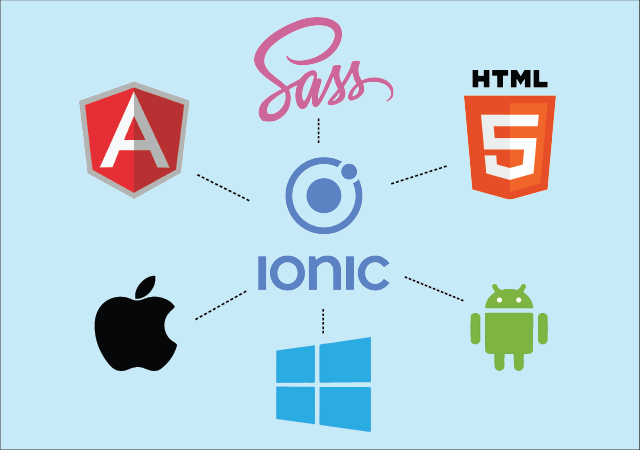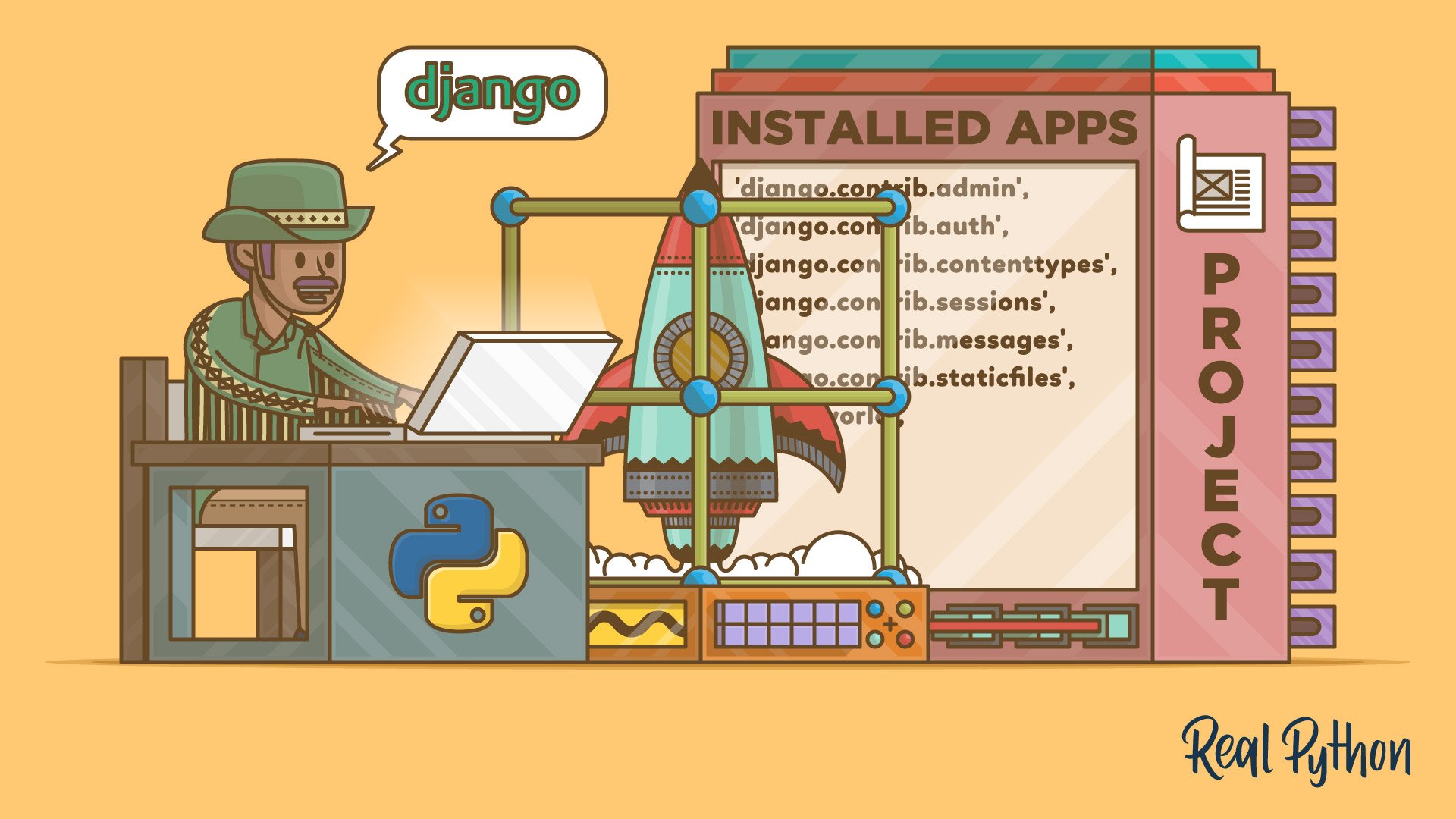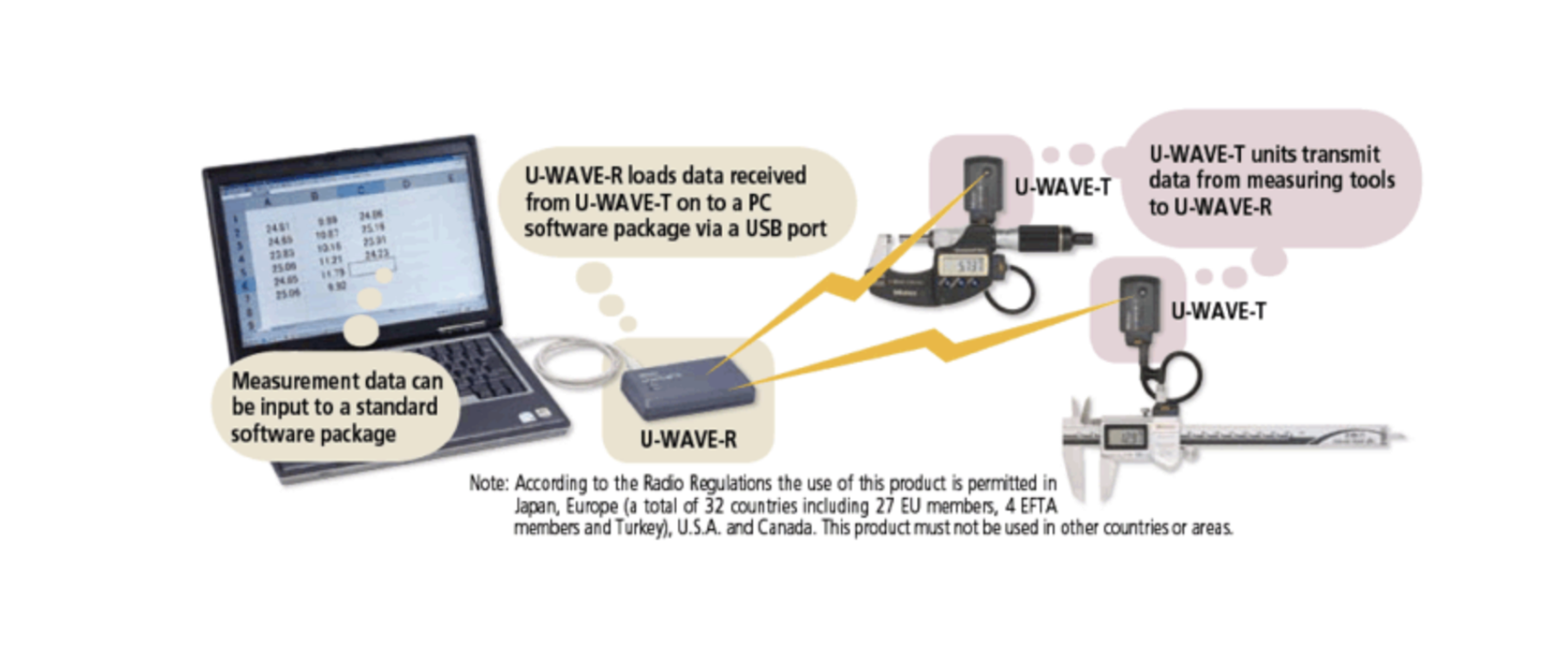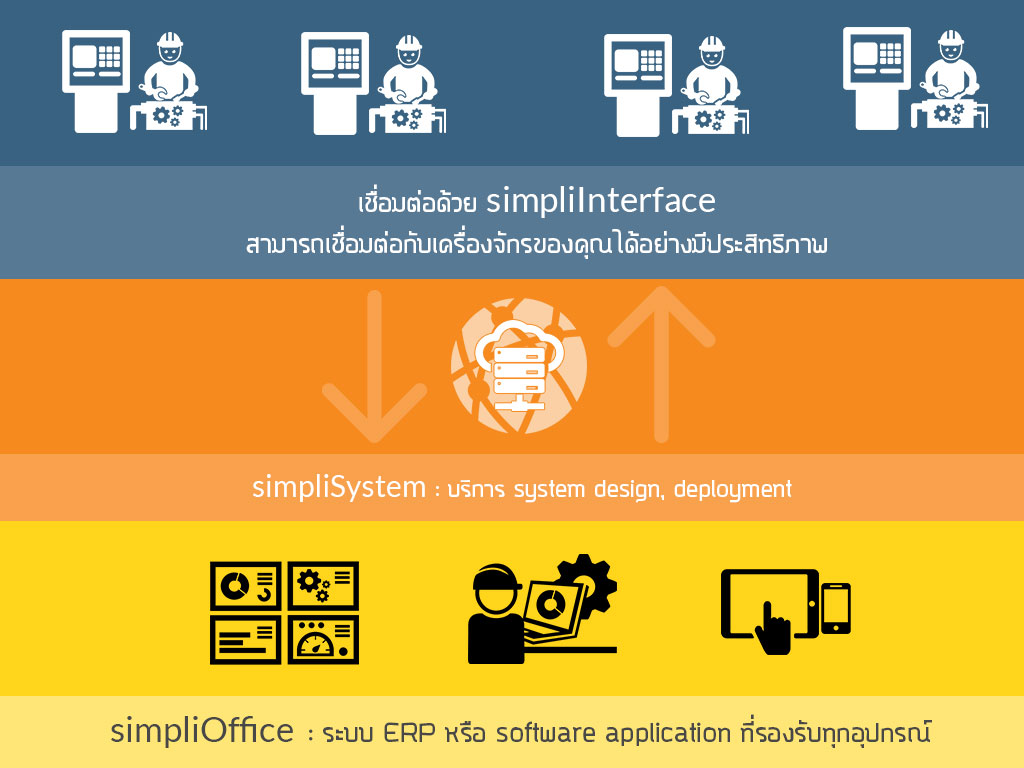The Science and Engineering Behind NEWater
NEWater is a prime example of Singapore’s engineering ingenuity in addressing its water scarcity challenge. This ultra-clean reclaimed water is the product of advanced water treatment technologies that make it fit for industrial and even potable use. Here's a deep dive into the scientific and engineering principles that underpin the NEWater system.
The Three-Step Purification Process
The production of NEWater involves a rigorous three-step process:
1.Microfiltration or Ultrafiltration
- In this step, treated used water is passed through membranes to remove suspended solids, bacteria, and other microscopic impurities.
- The membrane acts as a physical barrier, ensuring only water molecules and dissolved salts pass through.
2.Reverse Osmosis (RO)
- Water from the microfiltration stage undergoes reverse osmosis. This process applies pressure to push water molecules through a semi-permeable membrane.
- Impurities such as viruses, heavy metals, and organic compounds are filtered out, leaving high-purity water.
3.Ultraviolet (UV) Disinfection
- The final stage involves exposing the water to UV light, which destroys any remaining microorganisms and ensures safety.
- Alkaline chemicals are then added to balance the pH of the water.
The result is ultra-clean water that surpasses the World Health Organization’s standards for drinking water.
System Efficiency and Sustainability
- Energy Optimization: NEWater plants are designed for energy efficiency, ensuring minimal environmental impact.
- Recycling Rates: Over 75% of used water in Singapore is treated and reclaimed, with plans to increase this rate.
- Integration with Water Supply: NEWater is used primarily for industrial purposes and as a supplementary source for potable water, blending with reservoir supplies during dry seasons.
MermaidJS System Diagram
The system diagram below provides a visual representation of the NEWater process in Singapore:
flowchart TD
A[Used Water Collection] --> B[Treatment at Water Reclamation Plant]
B --> C[Microfiltration/Ultrafiltration]
C --> D[Reverse Osmosis]
D --> E[UV Disinfection]
E --> F[NEWater Distribution]
F --> |Industrial Use| G[Factories and Cooling Towers]
F --> |Reservoir Blending| H[Potable Water Supply]Global Relevance of NEWater
The success of NEWater demonstrates how science and engineering can overcome resource limitations. It serves as a global model for sustainable water management, inspiring countries facing water scarcity to adopt similar technologies.
NEWater is not just a triumph for Singapore but a beacon of innovation for the world. Through meticulous engineering and forward-thinking policies, Singapore has turned its vulnerability into a strength, securing a sustainable water future.
Get in Touch with us
Related Posts
- AI驱动的医院信息系统纵向整合(Vertical Integration)
- How AI Enables Vertical Integration of Hospital Systems
- 工业AI系统中的AI加速器 为什么“软件框架”比“芯片性能”更重要
- AI Accelerators in Industrial AI Systems: Why Software Frameworks Matter More Than Chips
- 面向中国企业的系统开发:以 AI + 工作流安全集成电商与 ERP
- Global-Ready System Development for EC–ERP Integration with AI & Workflow
- 不可靠的“智能”系统所隐藏的真实成本
- The Hidden Cost of ‘Smart’ Systems That Don’t Work Reliably
- GPU vs LPU vs TPU:如何选择合适的 AI 加速器
- GPU vs LPU vs TPU: Choosing the Right AI Accelerator
- 什么是 LPU?面向中国企业的实践性解析与应用场景
- What Is an LPU? A Practical Introduction and Real‑World Applications
- 面向软件工程师的网络安全术语对照表
- Cybersecurity Terms Explained for Software Developers
- 现代网络安全监控与事件响应系统设计 基于 Wazuh、SOAR 与威胁情报的可落地架构实践
- Building a Modern Cybersecurity Monitoring & Response System. A Practical Architecture Using Wazuh, SOAR, and Threat Intelligence
- AI 时代的经典编程思想
- Classic Programming Concepts in the Age of AI
- SimpliPOSFlex. 面向真实作业现场的 POS 系统(中国市场版)
- SimpliPOSFlex. The POS Designed for Businesses Where Reality Matters














